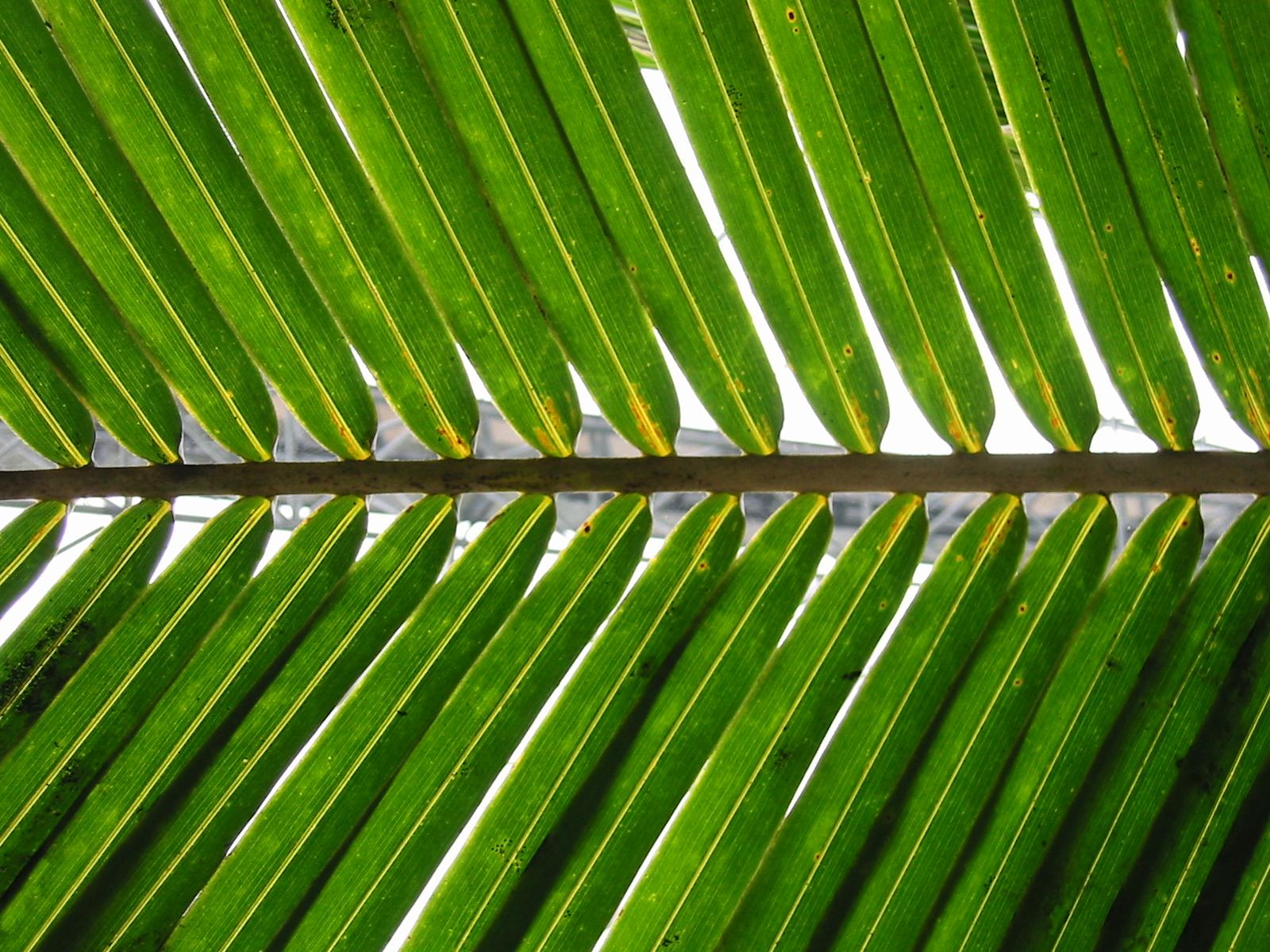The Songhay Empire (also spelled Songhai) was an empire located in western Africa around the Niger River basin and extending west to the Atlantic coast. The Songhai state originally rose from a city in the Mail Empire called Gao c. 1000 CE. It expanded from the small settlement in Gao to a much larger empire starting with the first emperor Sonni Ali (reigned from 1464 to 1493). This continued until the Songhai Empire was eventually destroyed by Morocco in 1591.
Songhai's economy was based on a clan system, meaning whatever clan a person belonged to dictated their job in society. Gold fields were essential to the economy, and economic trade in the empire was helped by the standing armies stationed in provinces. Merchants were called julla and would form partnerships, and the state would provide protection for these merchants and the port cities of the Niger. The kingdom was also known for its production of practical crafts as well as religious artifacts. Gao, Timbuktu and Djenne are the three main cultural and economic centers in the empire.
As one of the largest Islamic empires in history, most upper class peoples were Islamic converts while lower class people often stuck to their traditional indigenous religions. Sermons emphasized obedience to the king, and church and state was not seperated in various other ways.
The spoken Songhai language is distinctive in that it is a tonal language, meaning that it incorporates using different pitches to make different grammatical meanings in words.
Some artistic developments of the Songhai include the crafting of blankets and mats. Blankets were typically made of cotton and mats of palm fronds (picture to the right). Other artistic developments include brass and bronze handicrafts and clay pottery.
SOURCES:
http://www.ehow.com/info_8745353_ancient-songhai-crafts.html
http://www.bbc.co.uk/worldservice/specials/1624_story_of_africa/page83.shtml
Strayer textbook, pg. 349 & 586
Pictures taken from Wikipedia
